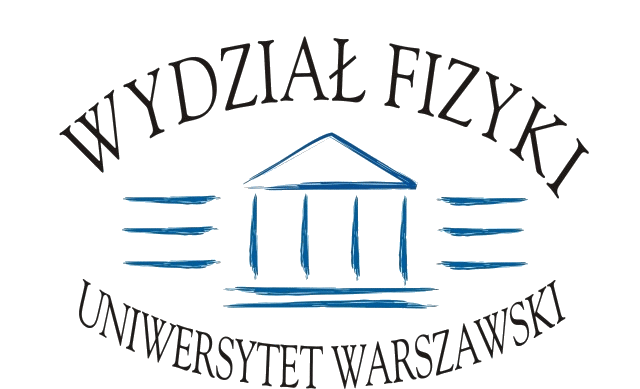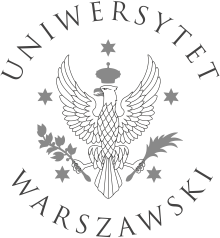Leopold Infeld Colloquium
2006/2007 | 2007/2008 | 2008/2009 | 2009/2010 | 2010/2011 | 2011/2012 | 2012/2013 | 2013/2014 | 2014/2015 | 2015/2016 | 2016/2017 | 2017/2018
2013-10-24 (Thursday)
Professor Matteo G. A. Paris (Dipartimento di Fisica-Università degli Studi di Milano)
An invitation to quantum estimation theory
Several quantities of interest in physics are non-linear functions of the density matrix and cannot, even in principle, correspond to proper quantum observables. Any method aimed to determine the value of these quantities should resort to indirect measurements and thus corresponds to a parameter estimation problem whose solution, i.e. the determination of the most precise estimator, unavoidably involves an optimization procedure. In this lecture I review local quantum estimation theory, which allows to quantify quantum noise in the measurements of non observable quantities and provides a tools for the characterization of signals and devices, e.g. in quantum technology. Explicit formulas for the symmetric logarithmic derivative and the quantum Fisher information of relevant families of quantum states are presented, and the connection between the optmization procedure and the geometry of quantum statistical models is discussed in some details. Finally, few applications, ranging from quantum optics to critical systems are illustrated
2013-10-17 (Thursday)
Dr Michał P. Heller (NCBJ; Universiteit van Amsterdam)
Gauge fields out of equilibrium - a holographic approach
Ultra-relativistic heavy ion collision programs at RHIC and LHC probe the properties of matter under extreme conditions in which quarks and gluons are liberated from hadrons and form the so-called quark-gluon plasma. I will discuss the progress on theoretical understanding the formation of the quark-gluon plasma in heavy ion collisions, and related questions, coming from the first principle calculations in the models of strong interactions solvable using the gauge/gravity duality, also known as AdS/CFT or (gravitational) holography. This leads to a fascinating connection with gravitational physics, in particular black hole formation and dynamics, which I will discuss in detail.






